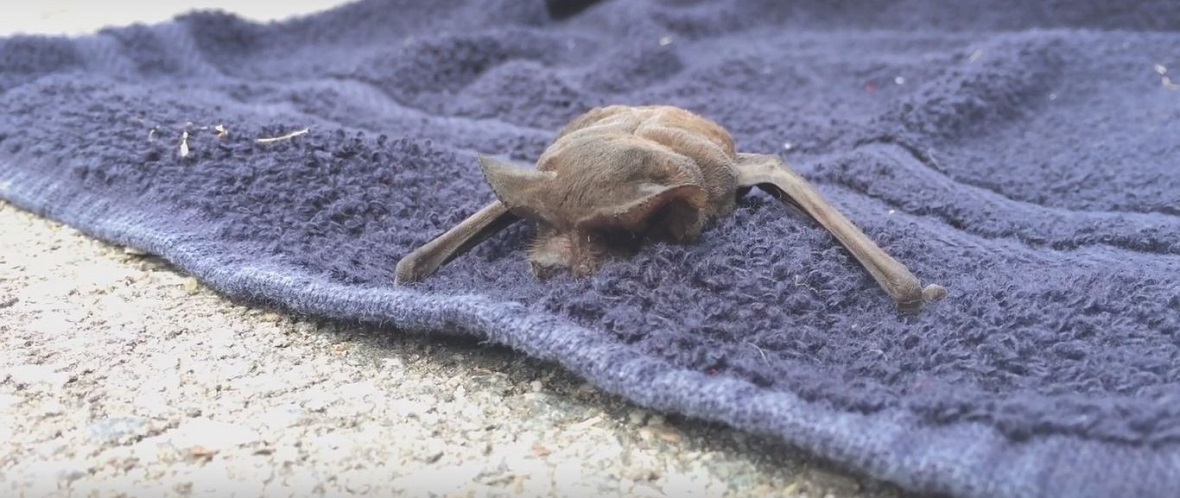- info@animalatticpest.com
- Call - we service 300 locations
Bat Calendar: One Year in the Life of a Bat
Bats, like many other creatures, will have a yearly pattern that stays the same. They'll hibernate or migrate at the same time, wake up around the same time, mate at the same time, and even have their youngsters at the same time. They build maternity nests together around the same time, proving that you can almost set your watch by these flying mammals. Of course, the weather does have an enormous part to play in it, and that's why the times change slightly from state to state, and also around the world.

During the winter months -- the coolest months of the year — bats will spend their time sleeping. Some of them will migrate to another, warmer part of the year, but those that stay will fall asleep. Body processes slow down, as does their metabolism. The food they have gorged on has been used to fatten up in time for the sleeping season, and they survive on fat stores until the warmer weather comes around.
When spring hits, everything bursts into life. Flowers bloom and, because of that, insects start flocking in. Occasionally, bats may wake up a little early and then go back off to sleep again for a bit, but as soon as the insects start waking up again, brought on by those blooming flowers and warming temperatures, bats wake up. The hunger wakes them. For many, the last meal will have been many months ago, and their tummies will definitely be rumbling!
After a good feed, the females will work hard to build maternity roosts. There is safety in numbers, as they say, and bats have definitely worked out that this is a strategy that works for them. They will have gotten pregnant at the end of the last year, towards the end of fall and beginning of winter, but they keep hold of the male's sperm until the time is right.
It is during the height of summer that the bats will give birth, usually to just one bat at a time. The youngsters, which are born about an inch in length, will feed on their mothers for around six weeks. It will be around three to four weeks before the youngsters are strong enough to leave the roosts, and it will be towards the end of the summer that you will find baby bats on the floor. These will have tried to fly off and failed, often falling to their death. Bat numbers can rise dramatically when they are left to their own devices, but very few of the babies survive, with a number of threats facing them at every turn.
While the mothers are raising their young, they will gorge on insects once again. This is to keep their own energy levels high as they feed their young. During a single night, one bat can eat thousands of insects, so they actually do us a bit of a service in keeping those numbers down. That's just another reason why harming these creatures is not an option. You shouldn't consider it.
When fall hits, the young are ready to leave the nest. Most of them will already have started life on their own, and this is when the breeding season begins. Breeding roosts will be built, usually consisting of hundreds of males, and the maternity roosts will be starting to fall apart, individuals heading out on their own now their babies are old enough and strong enough to care of themselves. The big feed begins, once more, preparing them for the winter season to come. They will need to eat as many insects as possible to ensure their fat reserves keep them going through the cold hibernation of winter. Bat Hibernation: When, Where, How Long?
Bats in a tile roof: risks and removal process
What to do after a bat bite: risks and treatment
Bat Bugs: Risks and Removal
Bat Calendar: One Year in the Life of a Bat
Bat Hibernation: When, Where, How Long?
Bat Migration: Where Do Bats Go In Winter?
Do Bats Like Light at Night? Do They Like Light or Dark?
How Do Bats Find and Drink Water?
How many bugs can a bat eat each night?
What does a group of bats in your house sound like?
Bats on the ground: do bats walk or even touch the ground?
Learn more about Bats in the attic
